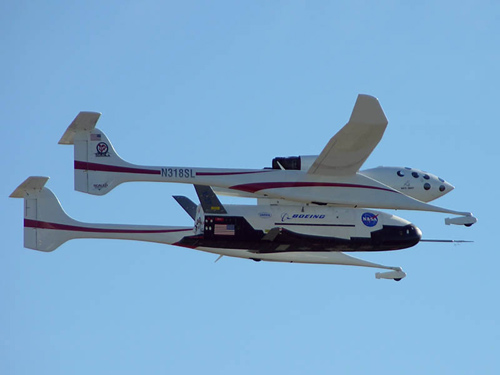
As a response to the requests for details on cost, etc + photos, here goes:
KDA 20-20L ($12.88) x 4: $51.52
HK SuperSimple 18-20 ESC: x 4: $31.20
Zippy 4000 mah 40C battery: $24.74
Zippy 500mah 20C battery: $6.43
Optional, but I like having a separate flight pack as opposed to powering via an ESC. It may be superstitious, but I'd really hate to have a brownout mess with my APM in flight.
HK-T500 Landing Gear: $3.78
Mikrokopter 500mm frame: $72.95
The MK frame is pretty pricey, and replacement aluminum riggers are pretty spendy. This will definitely be a step up with the Arducopter frame, when released.
Oilpan: $159.95
Ardupilot Mega: $59.95
Break away headers: $4.95
APC 10x4.7 Slow Flier x 2: $5.86
APC 10x4.7 Slow Flier Pusher x 2: $8.78
Spektrum AR6110E: $49.99
Radio Shack Project Enclosure: $3.99
JST Male connectors x 10: $1.99
JST Female connectors x 10: $1.55
F/F Servo Wires x 8: $12.00
I made these myself with some bare-end female servo cables from Hobbyking. But these are better :).
Optional Xbee
Adafruit Xbee adaper: $10.00
Xbee Explorer USB: $24.95
Xbee Pro RSPMA 900mhz: $44.95
Xbee Pro 900mhz Wire Antenna: $42.95
F/F Jumper Wires: $4.50
For connecting the Xbee to the Oilpan...
Total of the above: $614.98
I'd highly recommend getting an Xbee setup, since there are issues with blowing outputs on the APM when connecting speed controls and USB at the same time. That means that tuning PID values and testing is a MAJOR pain, since it requires unplugging your ESCs every time you want to plug in the USB. With Xbee you don't even have to open the electronics housing to make changes. Plus you get to look cool because you bring your laptop when you fly :P.
I also made some super-short servo extensions for my ESCs that have the voltage line cut (the red one). This prevents the ESCs from providing power to the board, since I wanted to use a separate flight battery. I found out afterwards that this may be also done by removing a solder jumper on the APM? If so, oh well... I already made the extensions.
There's a few other miscellaneous bits and pieces, such as Deans connectors for the main battery, and rubber grommets and nylon bolts that I bought for vibration isolation for the electronics platform. You can see those between the box and the platform in the pictures below. It's tough to say if they are effective or not yet, because I was having major vibration problems on my aeroquad setup (same frame, just a different box), and I haven't re-tested the aeroquad stuff after getting arducopter finished. It may just be that the Arducopter gyros and accels are less vibration sensitive. It can't hurt, though, and the Mikrokopter frame itself doesn't do much for vibration if you directly attach the electronics to it with the nylon standoffs.
This is pretty much the exact set of gear that is on my quad... Probably way more than anyone here wanted to know :).
Photos



